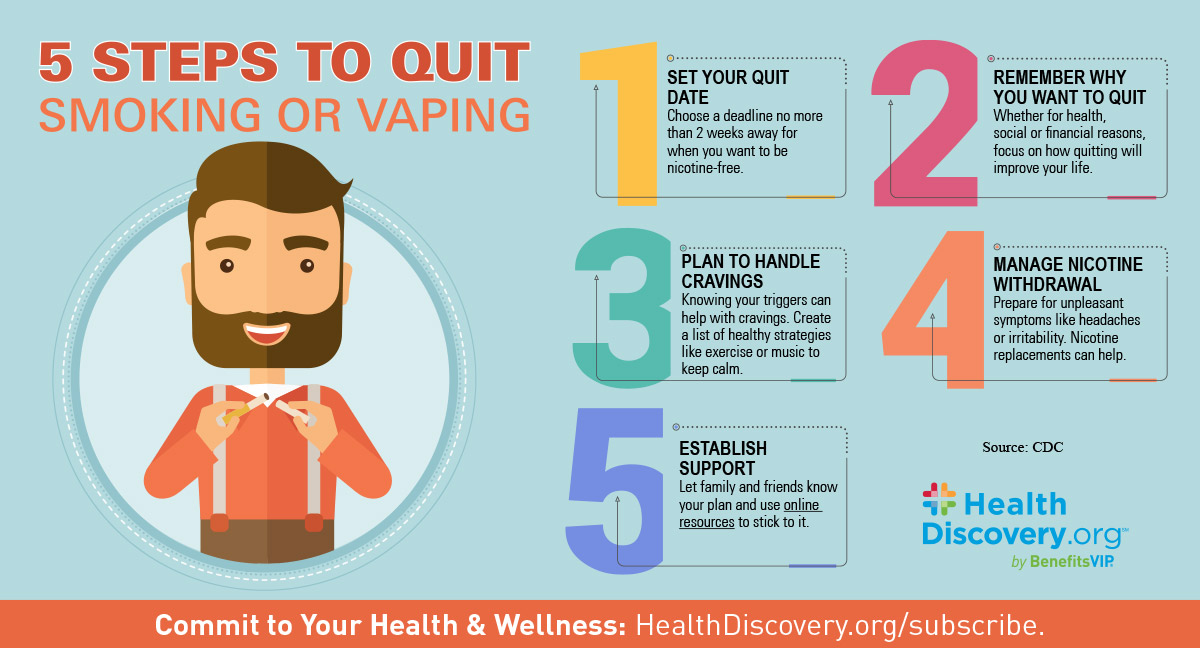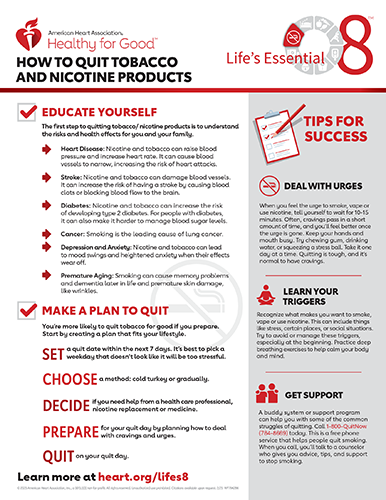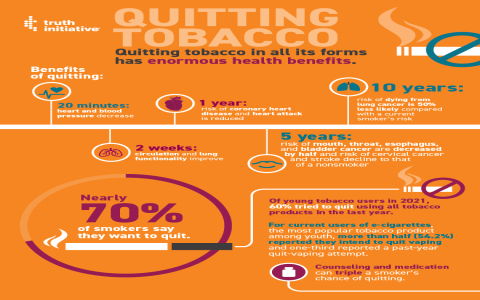Quitting electronic cigarettes requires a structured approach to minimize withdrawal symptoms and increase long-term success. Follow this evidence-based guide for optimal results.
Step 1: Set a Clear Quit Date
Choose a specific date within the next two weeks to stop using electronic cigarettes. This prepares your mind and allows for gradual reduction. Avoid peak-stress periods to enhance adherence.

Step 2: Develop a Plan for Nicotine Reduction
Gradually decrease nicotine strength if using refillable devices. Transition to lower concentrations over 1–2 weeks. Alternatives include:
- Nicotine replacement therapy (e.g., patches, gums) to manage cravings.
- Non-nicotine vaping devices for behavioral habits.
Track daily usage to identify triggers and adjust accordingly.
Step 3: Prepare for Withdrawal Symptoms
Common symptoms like irritability or cravings peak within the first 72 hours. Mitigate them by:
- Staying hydrated and consuming healthy snacks to reduce oral fixation.
- Practicing deep breathing exercises to manage stress.
- Getting adequate sleep to stabilize mood.
Anticipate these effects to avoid relapse.
Step 4: Implement Behavioral Changes
Replace vaping habits with positive activities. For instance:
- Avoid triggers such as social settings where vaping occurs.
- Adopt physical exercise like walking to boost endorphins and reduce urges.
Reward milestones, such as one week nicotine-free, to maintain motivation.
Step 5: Seek Ongoing Support
Engage with a support network or professional resources. Options include:
- Counseling or quitline services for personalized strategies.
- Online communities for shared experiences.
Regularly review progress and adjust tactics if setbacks occur.

Consistency in these steps enhances health outcomes, including reduced respiratory risks and improved cardiovascular function.










